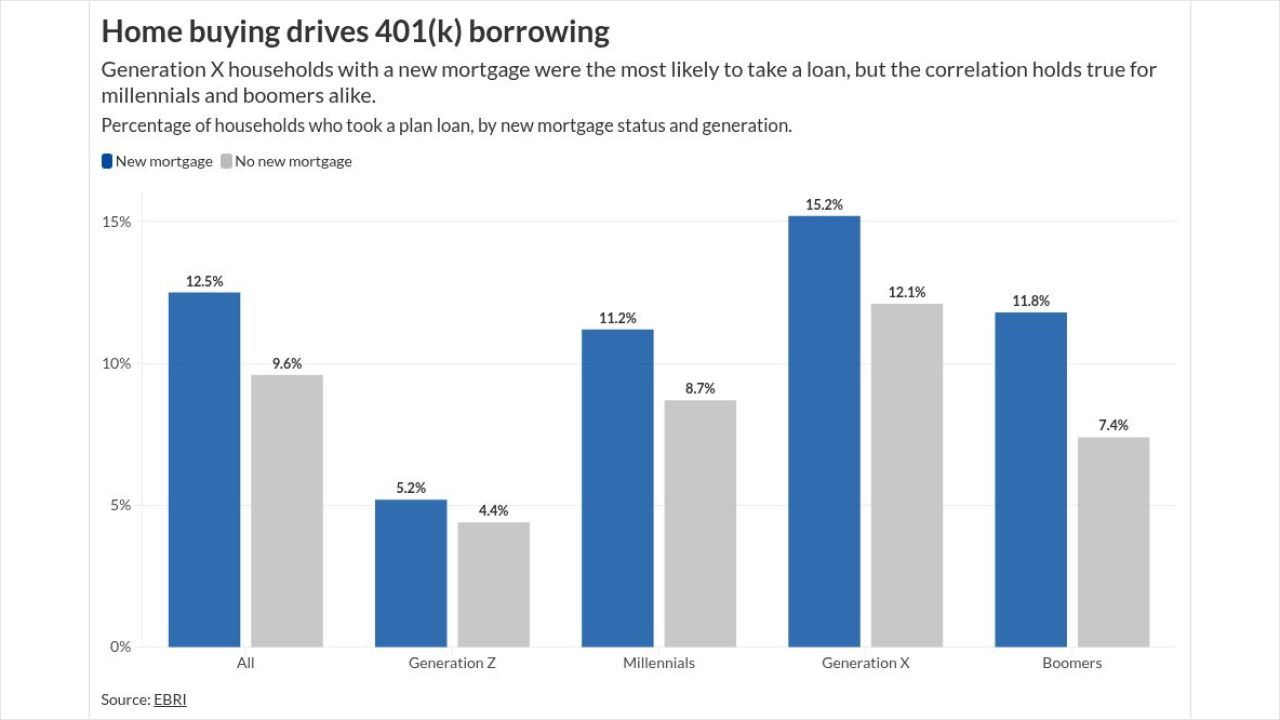It’s a perennial mantra from the wealth management industry: “Don’t let the tax tail wag the investment dog.” But as tax hikes loom under the Biden administration, it may be time to stop uncritically repeating the decades-old command.
The conventional wisdom cautions investors not to let their worries about the taxes they would owe in the short term drive their big-picture financial strategy long term. While it seems simple, it can refer to different scenarios, such as not selling an investment that has turned risky just to avoid a one-time capital gains bill. Or cashing in on appreciated stocks, bonds or funds before rates rise. Or not rebalancing a portfolio to spread out risks across more diversified investments, because doing so would trigger capital gains taxes on profits.

A mainstay among many financial planners, the adage has proven tenacious in the era of holistic financial planning, in which taxes are one piece of a larger investment puzzle for individual clients that includes estate planning, paying for college and home buying, among other goals. “When you only focus or laser in on tax strategy, it often seems to become a little too much just about money,”
But some financial advisors say the maxim’s fundamental premise may be flawed, at least partially.
“It suggests ignoring taxes, but those are real costs,” said David McGranahan, an advisor and partner at Relative Value Partners, a $1.6 billion wealth management firm in Northbrook, Illinois. ”Most people who blanket say it are saying, ‘just make good investment decisions and ignore the tax considerations,’ and you just can’t do that.”
The test of the precept comes as many advisors rush to make tax-saving moves for their clients amid the House of Representatives approval on Nov. 19 of a $2 trillion
“Advisors in general are much more tax-aware now than they’ve ever been,” said Tim Steffen, the director of tax planning at Robert W. Baird, a wealth and asset management firm in Milwaukee with more than $350 billion in client assets as of December 2020. “While we always caution against being too focused on taxes — don’t let the tax tail wag the dog — it’s important to always be tax-aware.”
The Build Back Better bill would impose a 5% levy on individuals making more than $10 million and 8% on those earning more than $25 million. It also ends outsize retirement plans, including so-called mega Roth IRAs, by capping them at $10 million, and expands the 3.8% net investment income tax on single filers making more than $400,000 ($500,000 for couples).
Last but not least, it would raise the current $10,000 cap on the federal deduction for state and local taxes (SALT), which include property levies, to $80,000 through 2030. The polarizing legislation will likely undergo changes in the Senate, especially on the SALT provision, if it is to get a thumbs up from all 50 Democrats in that chamber as needed to pass and head to President Joe Biden’s desk for signature into law.
The canine-themed command has been around since at least the mid-1960s,
Some advisors find it curious that the nugget persists amid the rise of tax-advantaged investing strategies.
Think of
McGranahan said the tax-tail advice had staying power because many ordinary investors “don’t really do the math.” For a tax-driven swap of assets to be profitable, he said, the second investment has to rise enough to include the amount of tax paid on the first investment. “An advisor says, ‘that was a good decision,’ but that’s only a good thing if it outperforms beyond the taxes that the client had to pay,” he added.
Or think of the explosive growth in popularity of exchange traded funds that passively mirror an index. Many studies have shown that the after-tax returns of actively managed stock funds almost always lag those of ETFs. A 2016 Morningstar report
Consider also what Wall Street calls “tax alpha.” The phrase refers to the extra profits that come on top of ordinary market returns due to tax-minimization strategies. It’s the opposite of “tax drag” — the amount by which cashed out profits are reduced after taxes are paid.
Spreading out a portfolio across stocks, bonds, cash and alternative investments, along with choosing winners, do the most to fuel pre-tax returns. But it’s what remains after the taxes that counts. While asset allocation and product selection are “the primary drivers of investment results on a pretax basis,” after-tax results “can vary greatly depending on the tax treatment of those investment decisions,” wrote Morgan Stanley in a May 2020
McGranahan said that the conventional tax-tail nugget “doesn’t completely hold” and compared it to a quip and cliche. Dollars an investor has to pay to the IRS, he added, “are real and have to be considered with every investment decision you make.”








